Detroit board of health and school officials decided to close all public, private, and parochial schools
On Oct. 21, 1918, the board of health and school officials met and decided to close all public,…
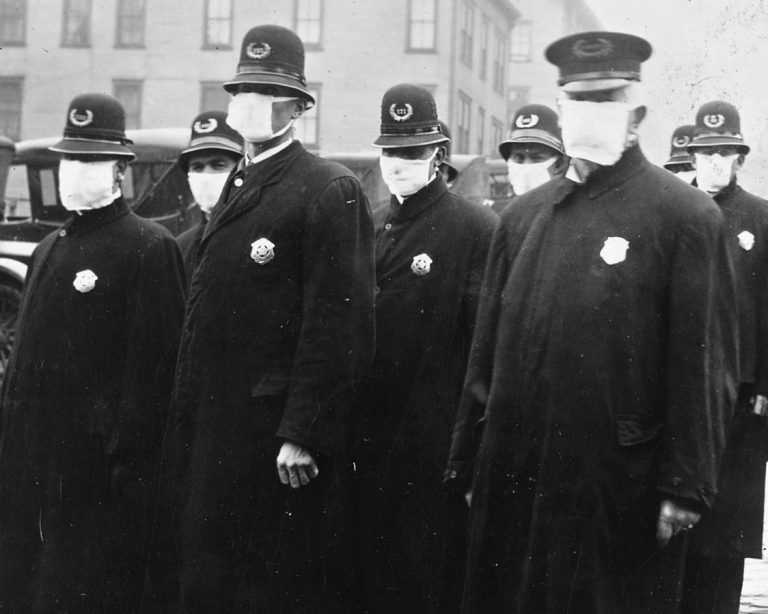
On Oct. 21, 1918, the board of health and school officials met and decided to close all public,…
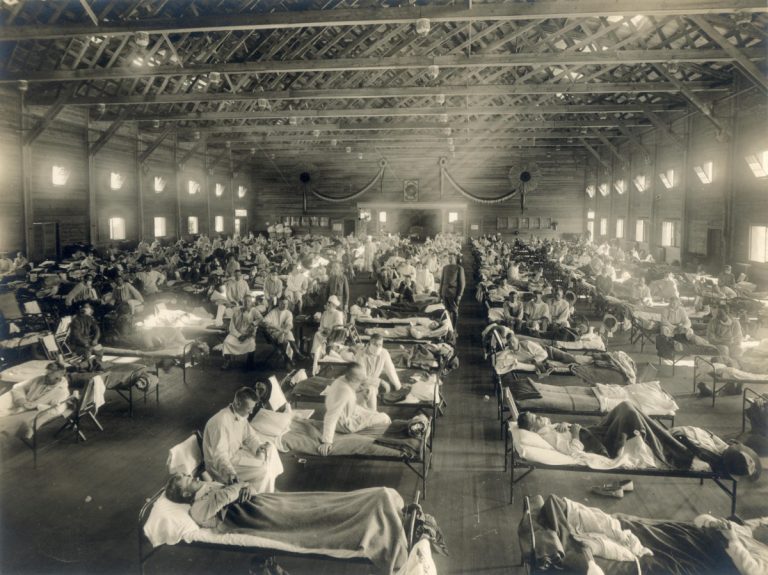
On Oct. 21, 1918, Cleveland reached a milestone of 1000 reported influenza cases last Cleveland hospitals. Within just…
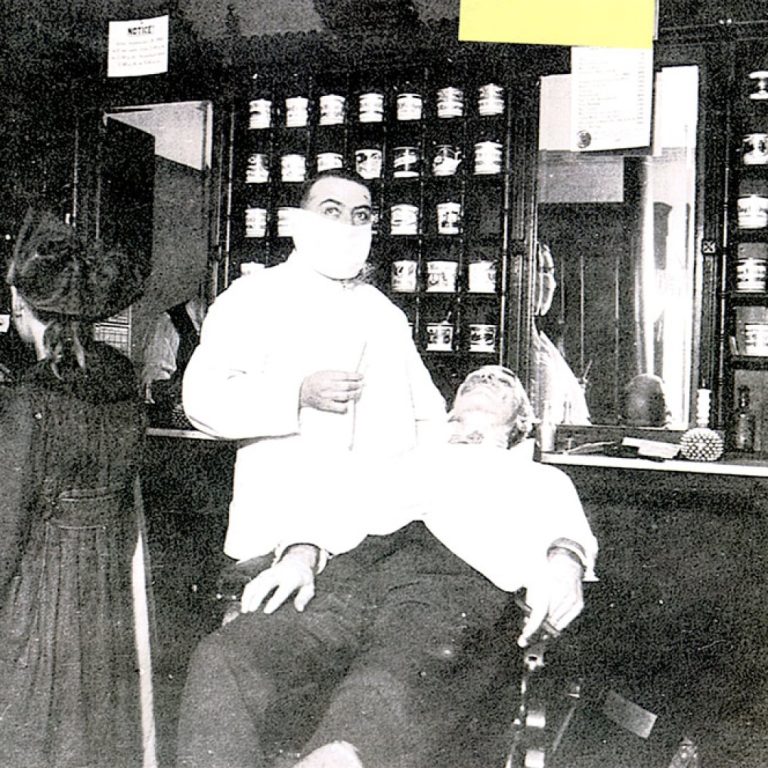
On Oct. 19, 1918, it was reported that over 3,500 Bostonians had died from influenza or pneumonia since…
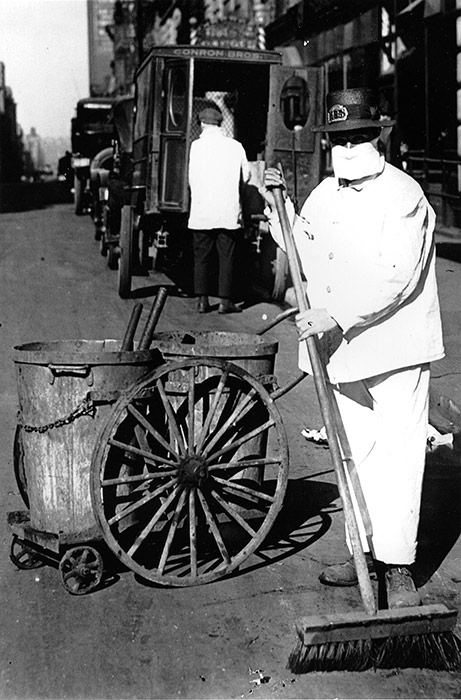
On Oct. 19, 1918, the number of influenza cases in Minneapolis had reached about 3,000. When the Retailer’s…
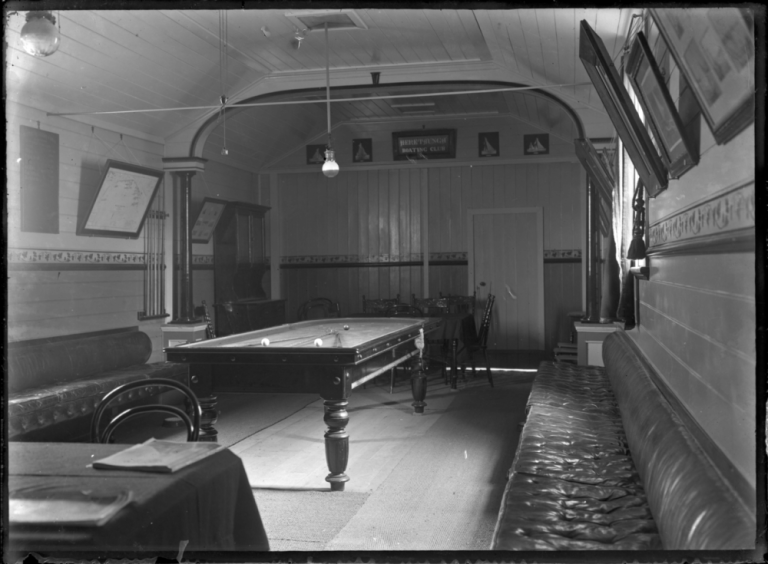
On Oct. 18, 1918, Birmingham recorded its highest influenza death toll in a day, and the city voted…

On Oct. 18, 1918, the Kentucky Board of Health ordered all saloons and soft drink stands to operate…
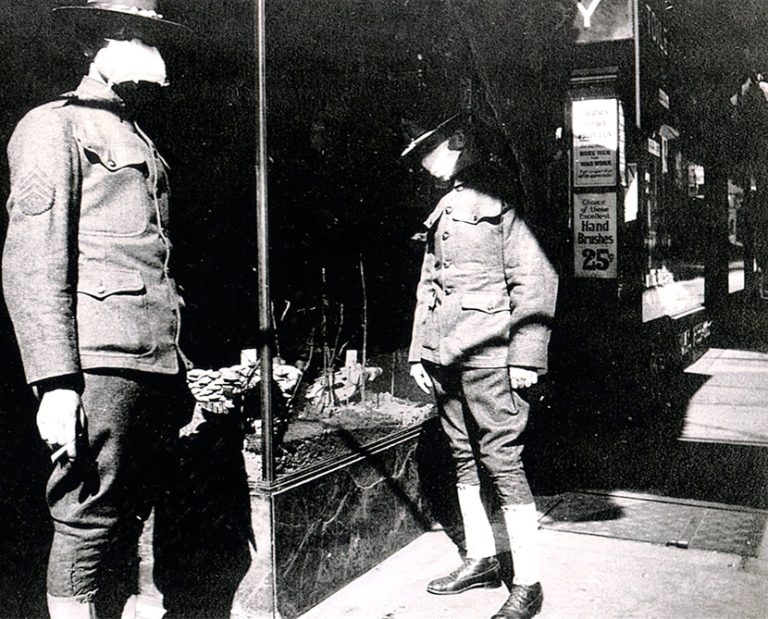
On Oct. 17, 1918, Detroit Health Commissioner James Inches prohibited soldiers and sailors from entering Detroit, to try…
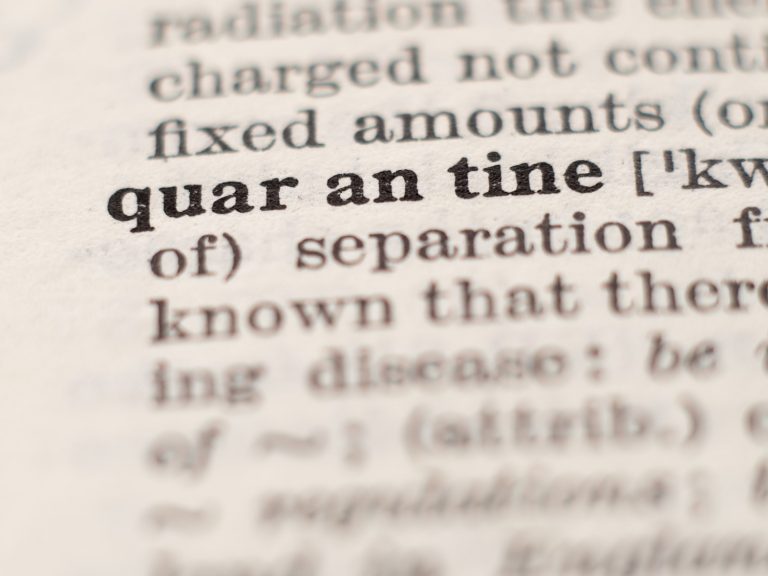
On Oct. 17, 1918, Kansas City Mayor Cowgill, after recognizing the earlier closure was premature, ordered a second…
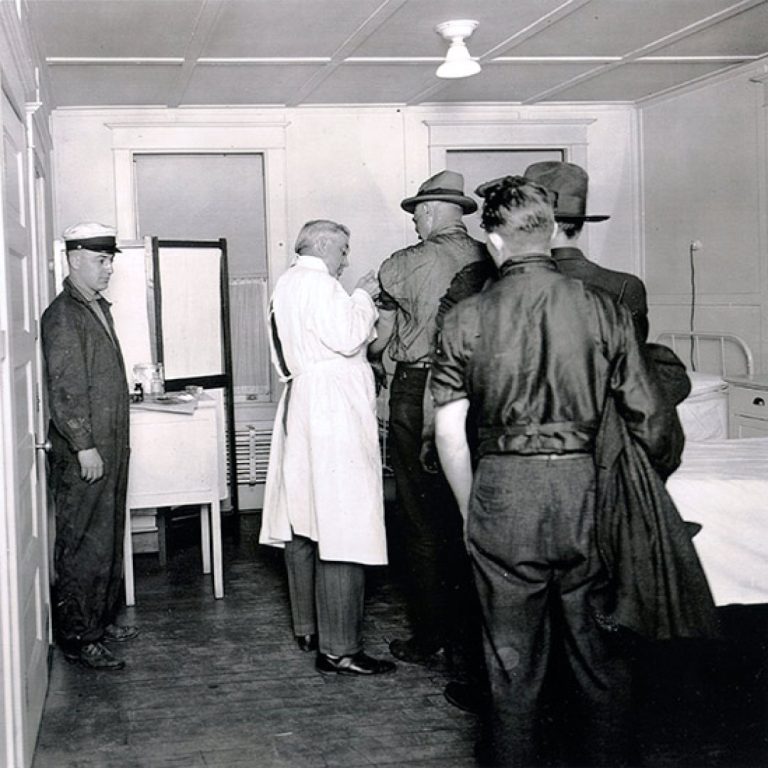
By Oct. 15, 1918, the number of St. Louis influenza cases had reached over 3,000, leading to hospital…

On Oct. 15, 1918, after Health Officer Dr. William H. Peters fell ill with influenza, Dr. Oscar Craven…

On Oct. 15, 1918, Chicago’s Advisory Commission ordered all theaters, movie houses, and night schools to close, as…

On Oct. 14, 1918, Kansas City’s influenza closure order and gathering ban were lifted, and schools directed to…
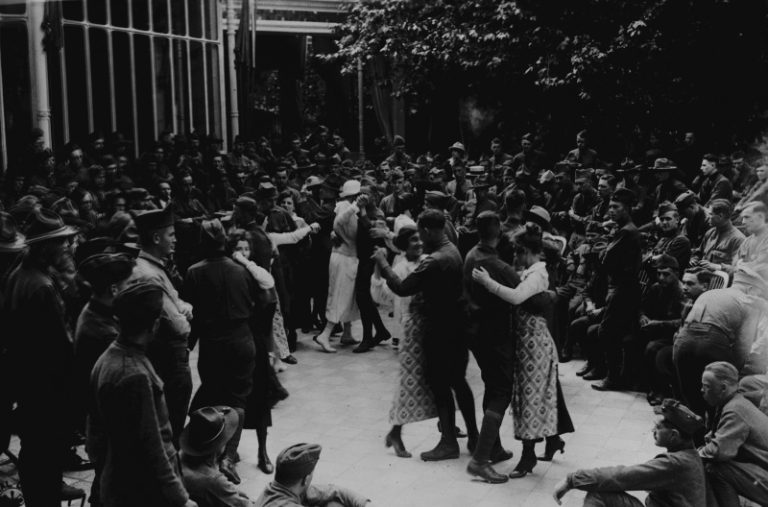
On Oct. 12, 1918, Chicago’s Influenza Health Commissioner Dr. John Dill Robertson requested from the Chief of Police…
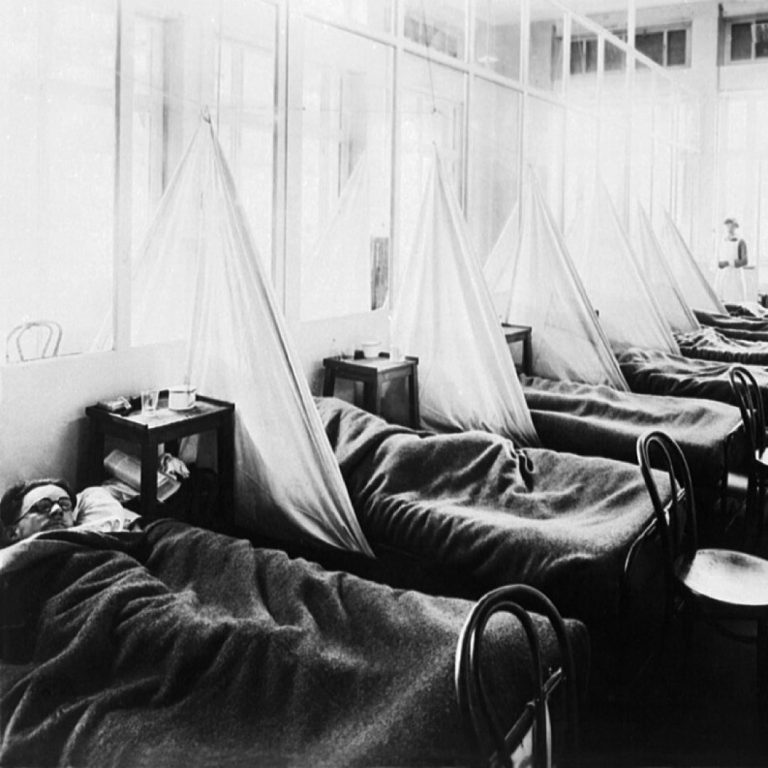
By Oct. 12, 1918, the Kentucky health department reported 2,300 cases of influenza, prompting volunteers to provide automobiles…
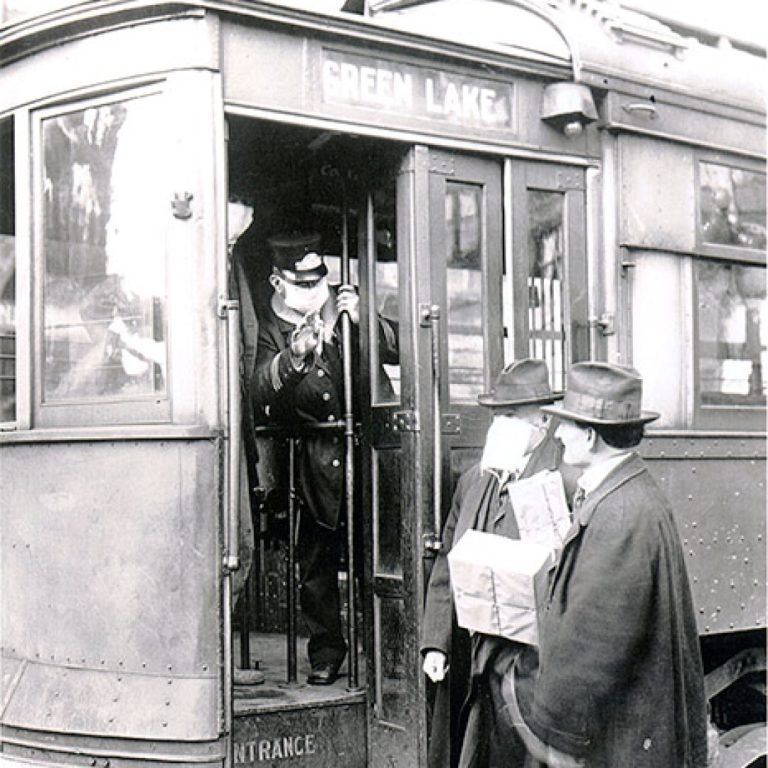
On Oct. 12, 1918, New Orleans transit officials restricted passenger counts on streetcars to address social distancing in…
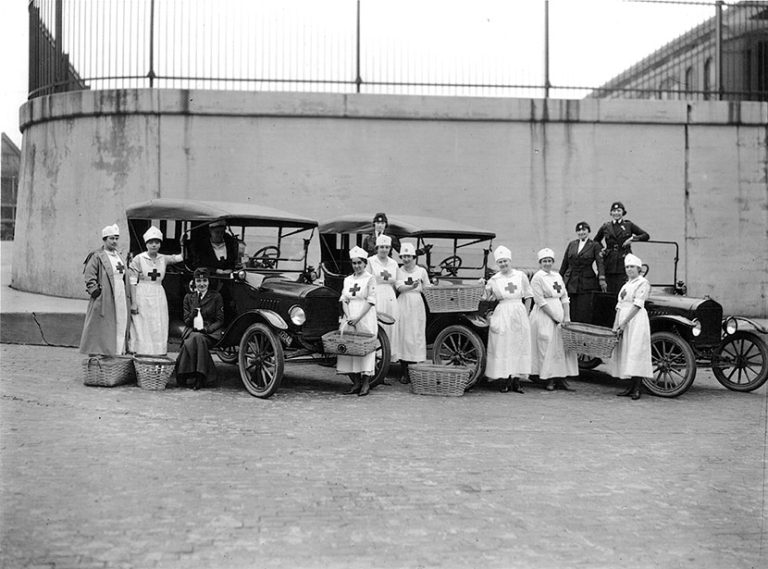
On Oct. 12, 1918, New York’s health officers created an Emergency Advisory Committee for assistance with the influenza…
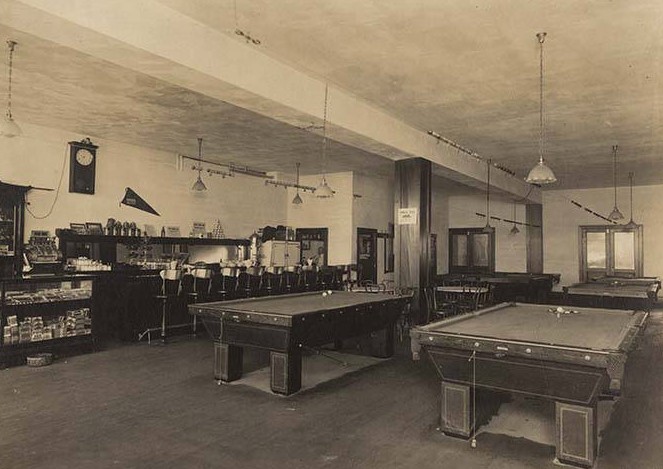
On Oct. 12, 1918, Dallas Mayor Lawther ordered all public and private schools, churches, and other public gatherings…
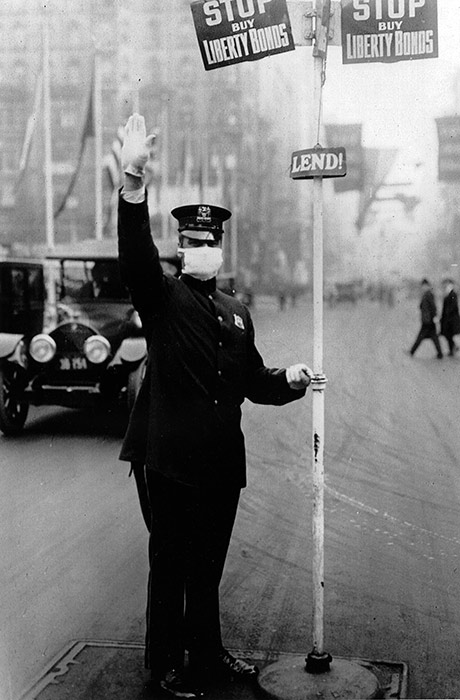
On Oct. 11, 1918, Los Angeles Mayor Frederick T. Woodman declared a state of public emergency due to…
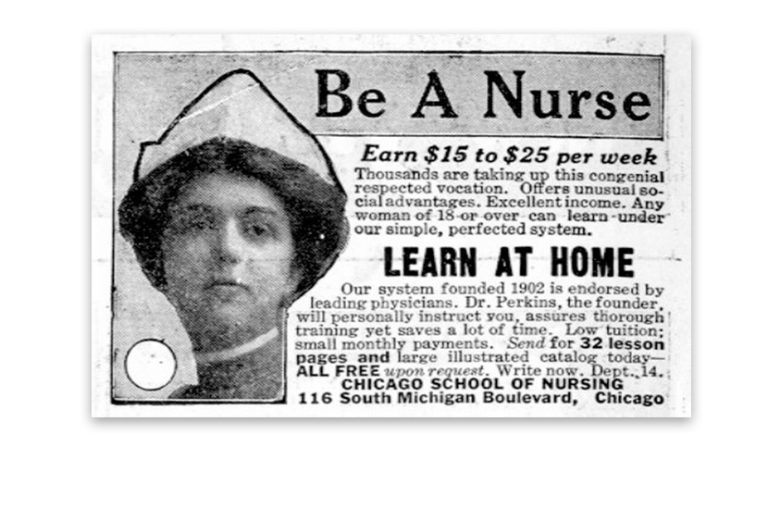
On Oct. 11, 1918, the Chicago chapter of the American Red Cross put out a call for volunteers…

On Oct. 9, 1918, due to the influenza spread, Minneapolis Health Commissioner Dr. H. M. Guilford ordered a…
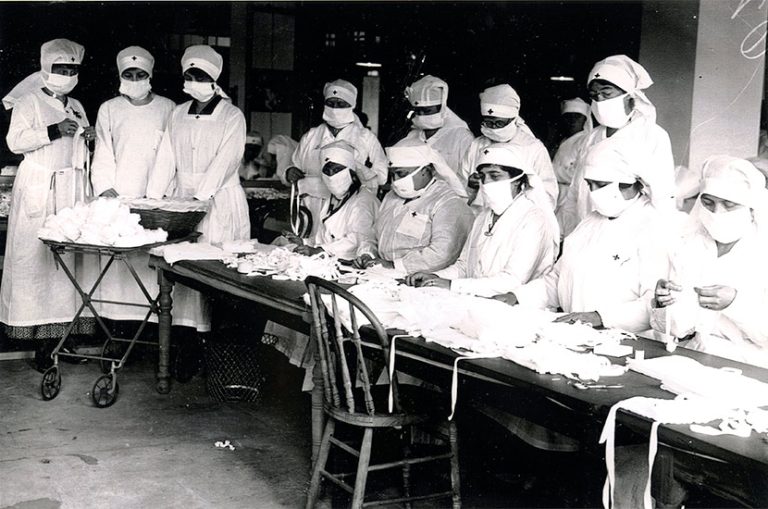
On Oct. 9, 1918, the Dallas Board of Health agreed to make influenza a reportable disease and to…
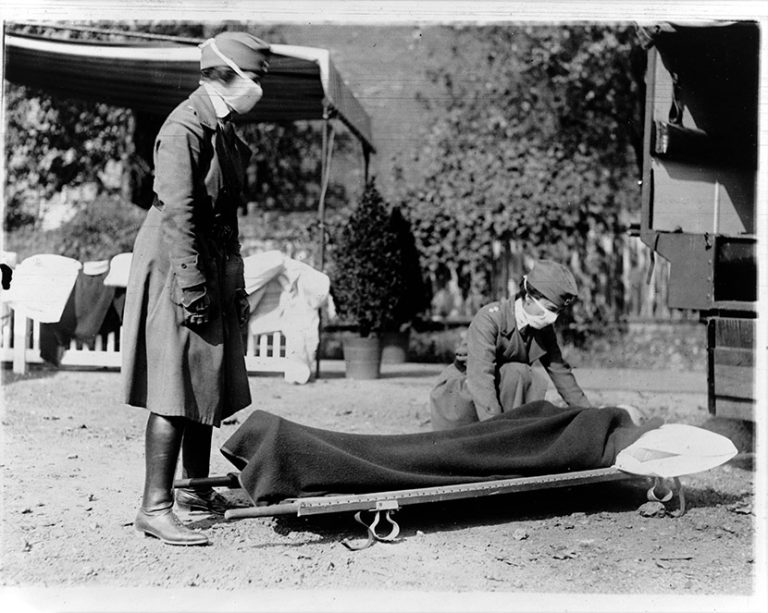
On Oct. 8, 1918, the Birmingham City Commission passed a resolution to close places of large gatherings, such…

On Oct. 8, 2018, Albany Commissioner of Public Safety James Sheldon Frost ordered all schools, churches, theaters, movie…

On Oct. 7, 2018, Albany physicians reported approximately 6,000 cases of influenza. The next day, as dozens of…

By Oct. 7, 1918, Cleveland Health Commissioner Rockwood announced the city had about 500 influenza cases. This led…
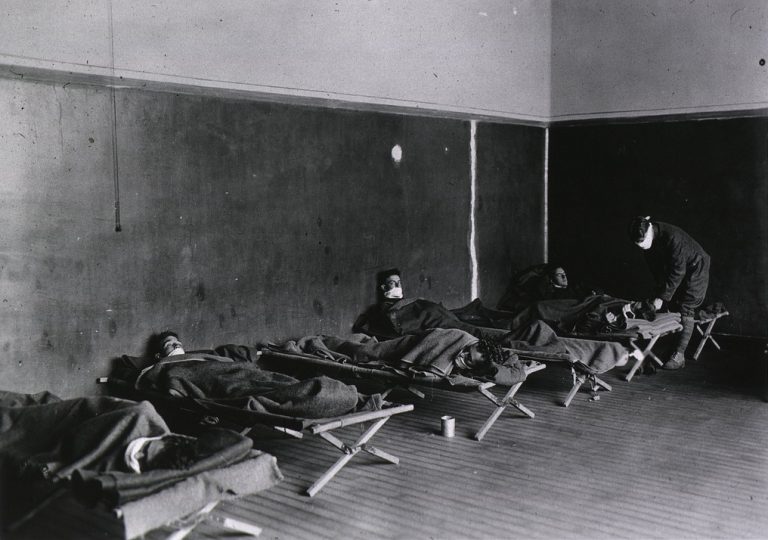
By Oct. 7, 1918, influenza cases in Philadelphia had risen by over 3,000 new cases, overwhelming medical facilities….
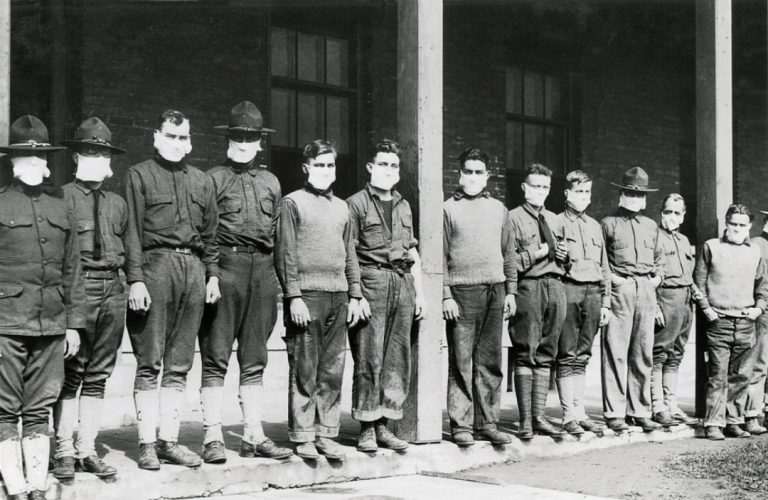
On Oct. 7, 1918, Nashville officials ordered closed theaters, movie houses, and other entertainment areas, while leaving schools…

On Oct. 7, 1918, Dr. Max C. Starkloff, Health Commissioner for St. Louis, assembled city officials, the U.S….
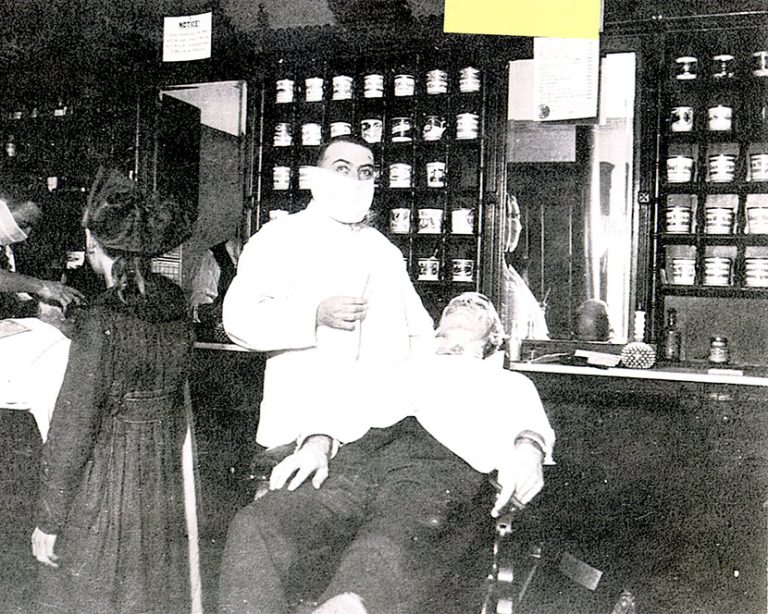
On Oct. 5, 1918, with 4,000 estimated influenza cases in the city, the Cincinnati mayor, health, and education…

On Oct. 5, 1918, the city of Philadelphia reported about 1,500 new influenza cases. Many employees of the…